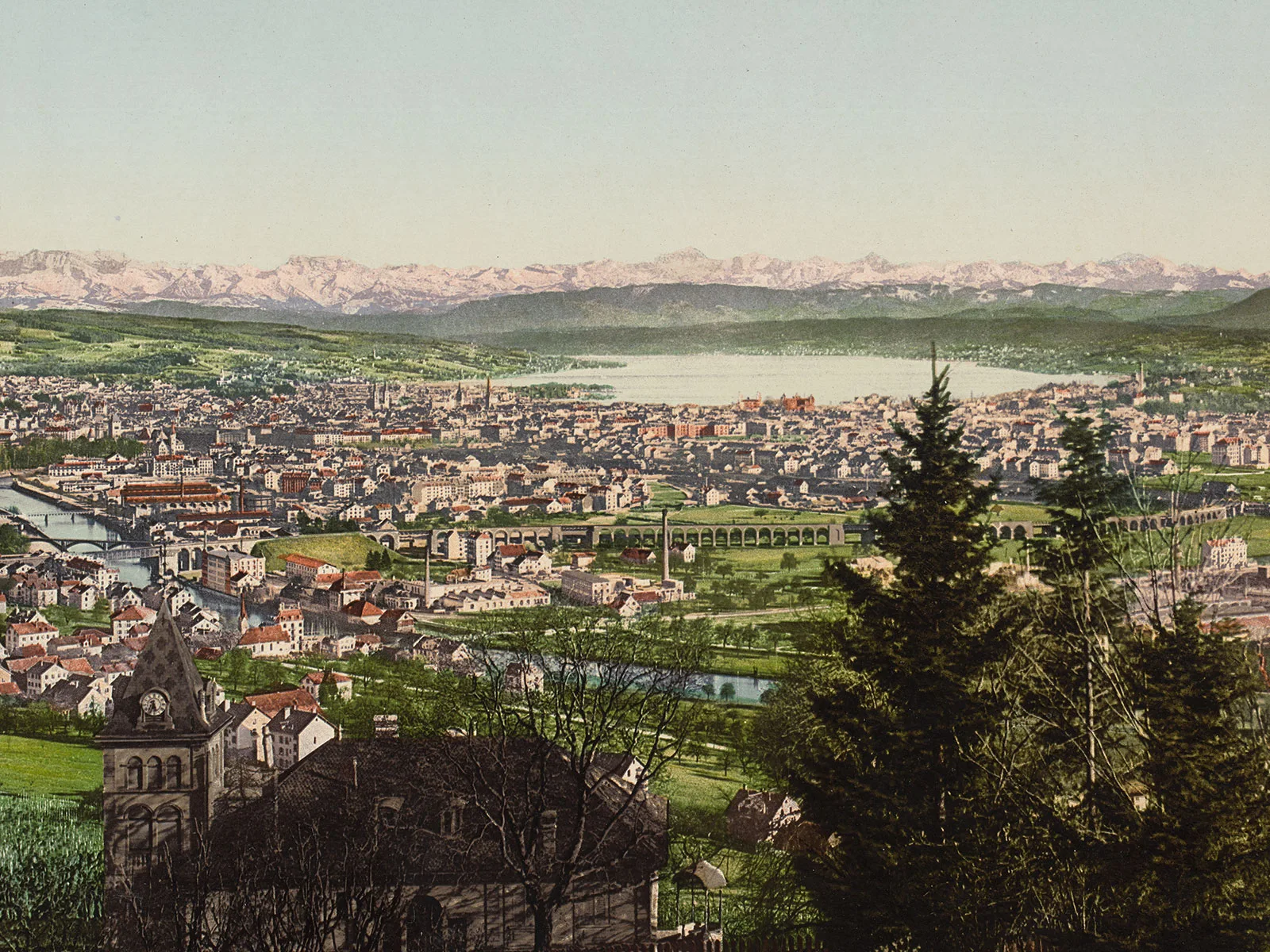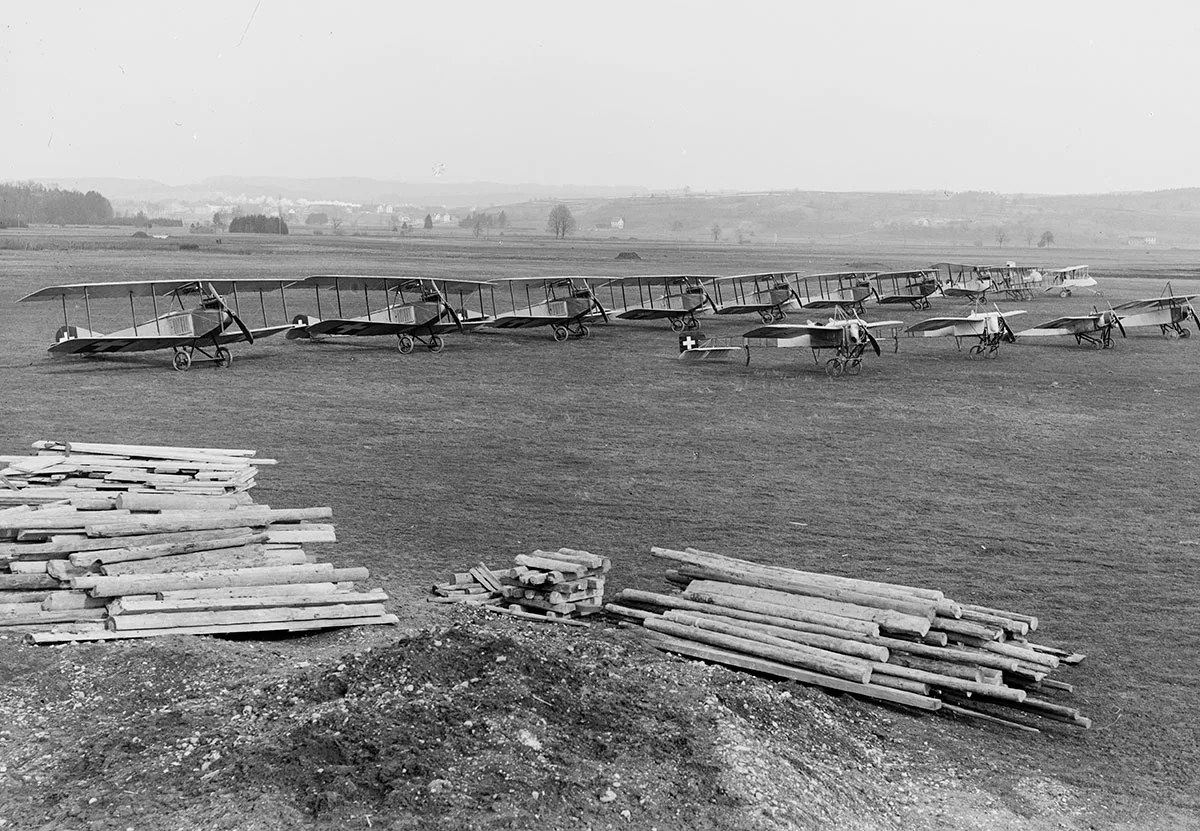
How Zurich became a major metropolis
In 1893, Zurich became the largest city in Switzerland. This jump in status happened overnight – the growth was achieved through the incorporation of 11 outlying districts.


Light and shadow



In 1893, Zurich became the largest city in Switzerland. This jump in status happened overnight – the growth was achieved through the incorporation of 11 outlying districts.



